Apple is rumored to be planning to launch an all-new external display within a matter of months, featuring a host of advanced capabilities that surpass the company's two existing monitors.
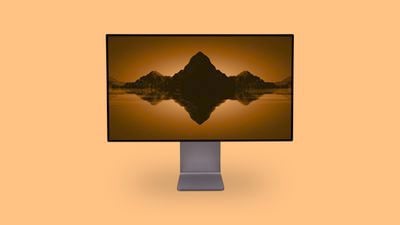
The display, which is rumored to arrive in early 2023, is expected to sit somewhere between the $1,599 Studio Display and the $4,999 Pro Display XDR – but more exact information about the device's positioning and price point is as yet unknown.
While little is known about the design of the display, it seems likely that it will look similar to the Studio Display and the Pro Display XDR. According to rumors from over the past year, there are at least five key features rumored to be offered on the new display.
27-Inch Panel
The monitor is expected to feature a display size of 27-inches. This would be the same as the Studio Display and five inches smaller than the Pro Display XDR.

The 27-inch display size has been a preferred option for Apple for many years, previously being offered on the Thunderbolt Display, iMac, and UltraFine 5K monitor that the company collaborated with LG on. While it may not be suitable for some creative professionals that require a larger monitor like the Pro Display XDR, the 27-inch size will likely be highly accessible for a large number of users.
The rumor that the monitor will feature the same display size as the Studio Display is yet another indication that it will have to offer more advanced features to command a higher price point.
Mini-LED Technology
Apple's upcoming monitor will be the first to feature a mini-LED panel, according to insightful Display Supply Chain Consultants (DSCC) analyst Ross Young. Mini-LED technology would offer substantially better contrast and deeper blacks than the Studio Display.
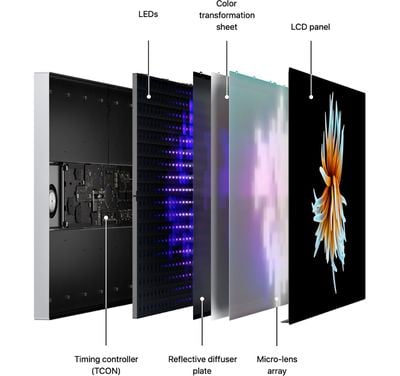 The Pro Display XDR's IPS LCD display.
The Pro Display XDR's IPS LCD display.Apple's first mini-LED display was 2021's 12.9-inch iPad Pro, before it expanded the technology to the 14- and 16-inch MacBook Pro models later that year. Offering a mini-LED display of this size could be extremely useful to creative professionals who work with HDR content and need high contrast, and provide a consistent experience when paired with these other mini-LED machines.
ProMotion Support
Adopting another feature that already exists on the iPad Pro and MacBook Pro, Apple's upcoming external display is rumored to support ProMotion, allowing for a variable refresh rate up to 120Hz.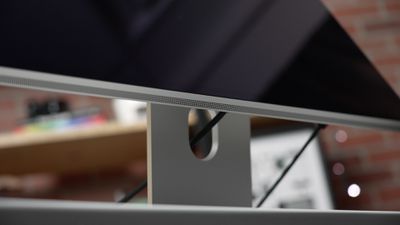
Like mini-LED, this feature would provide a consistent experience when using the display with a 14- or 16-inch MacBook Pro, but it could also offer advantages for other specific activities such as gaming.
Thunderbolt Ports
Sitting at a higher price point than the Studio Display, which features a single Thunderbolt port, it is possible that the new display could feature additional Thunderbolt ports.
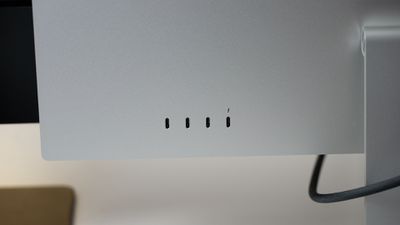
It is not an option to daisy chain Studio Displays since they feature a single Thunderbolt port each, but since Apple's next display is expected to be a more high-end device, daisy chaining may be a feature that Apple wants to provide, especially as professional users are more likely to want to use multiple monitors. If so, it will need to offer more than one Thunderbolt port – which could also be used to attach other demanding, high-bandwidth peripherals.
Apple Silicon Chip
Bloomberg's Mark Gurman recently suggested that Apple's upcoming external monitors will be powered by Apple silicon chips.

The Studio Display was the first Apple monitor to feature a custom silicon chip, the A13 Bionic, which was introduced in the iPhone 11 lineup and is now used in the ninth-generation iPad. The chip enables the monitor to run a version of iOS, receive software updates, and offer features like Center Stage that are processed on-device. It is not known exactly what chip the new monitor will feature, but the A13 Bionic seems like the most likely option since it is already being used in the Studio Display, and better performance and efficiency is not noticeably advantageous for this class of device.
Launch Date
Ross Young initially expected Apple to introduce the display in June at WWDC, but he said in May that its launch had been delayed until October because of design issues. Apple was unable to meet the October objective, and Young believes the company is now aiming for early 2023 – a time frame he first mentioned on the The MacRumors Show podcast in July.
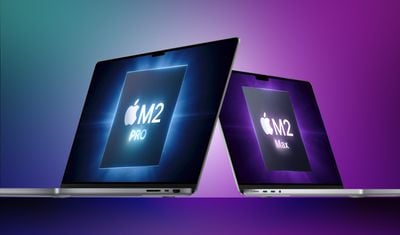
Throughout 2022, Apple has been forced to contend with with supply constraints across products that include Macs and its displays, which may be a reason contributing to the launch delay.
Young recently narrowed down his expected time frame for the launch of Apple's new high-end external monitor to the first quarter of 2023, which falls from January to March. Apple is also expected to release new MacBook Pro models in the first quarter of 2023, so the company could announce the new monitor alongside those machines – especially if they compliment each other with mini-LED displays with ProMotion support.






















